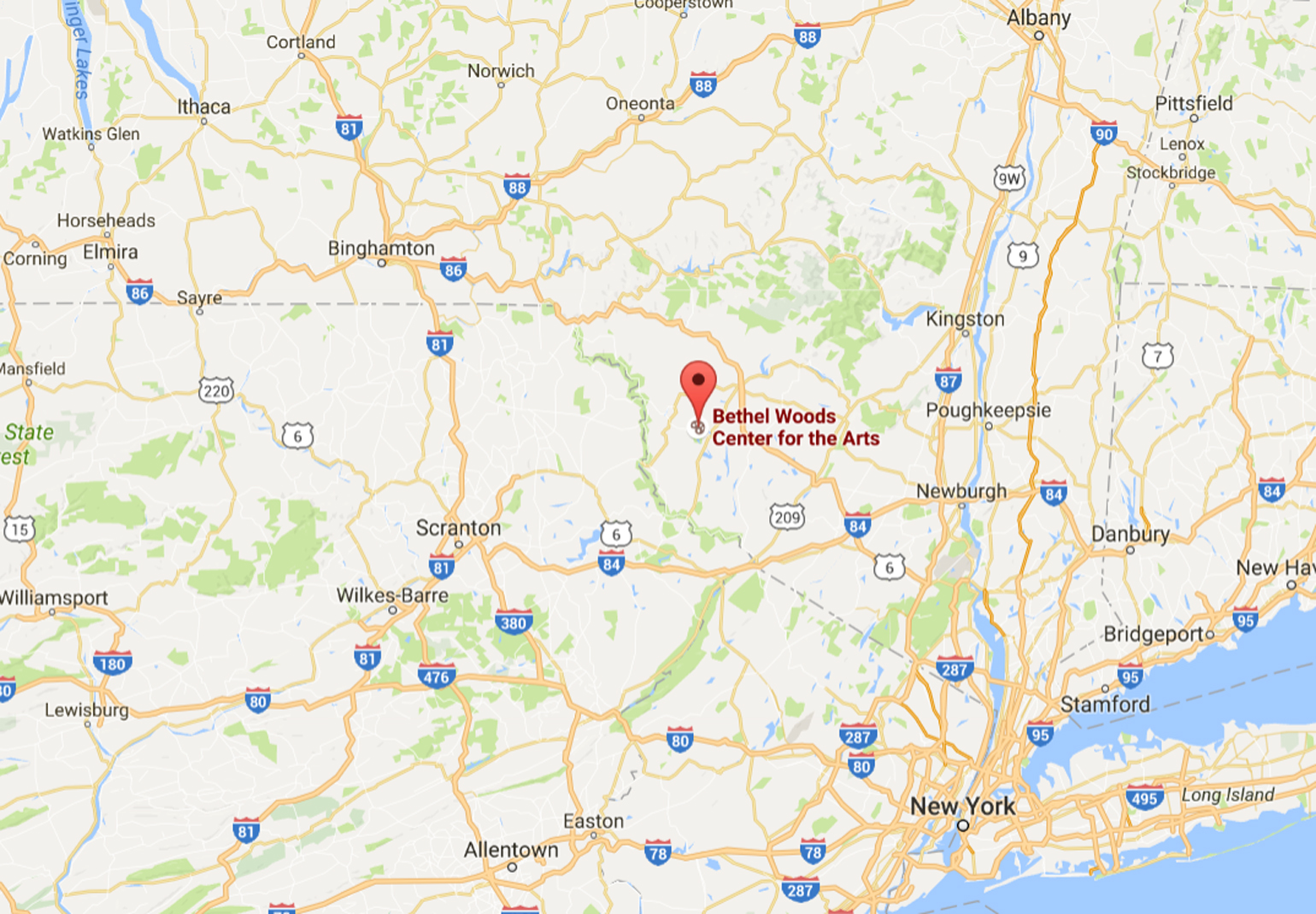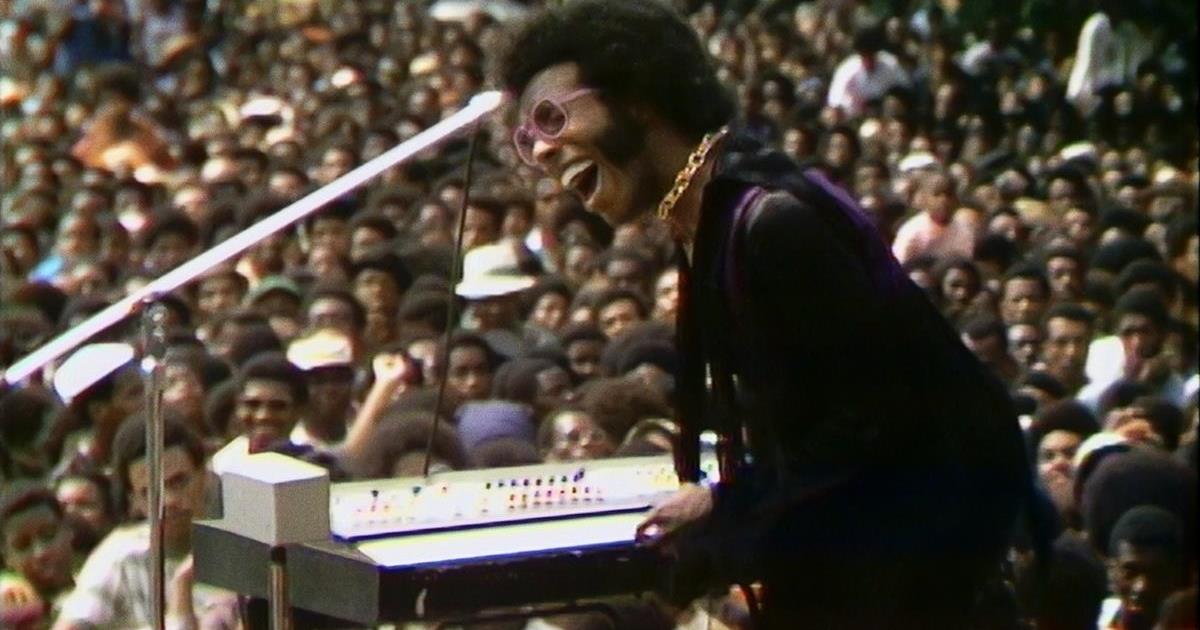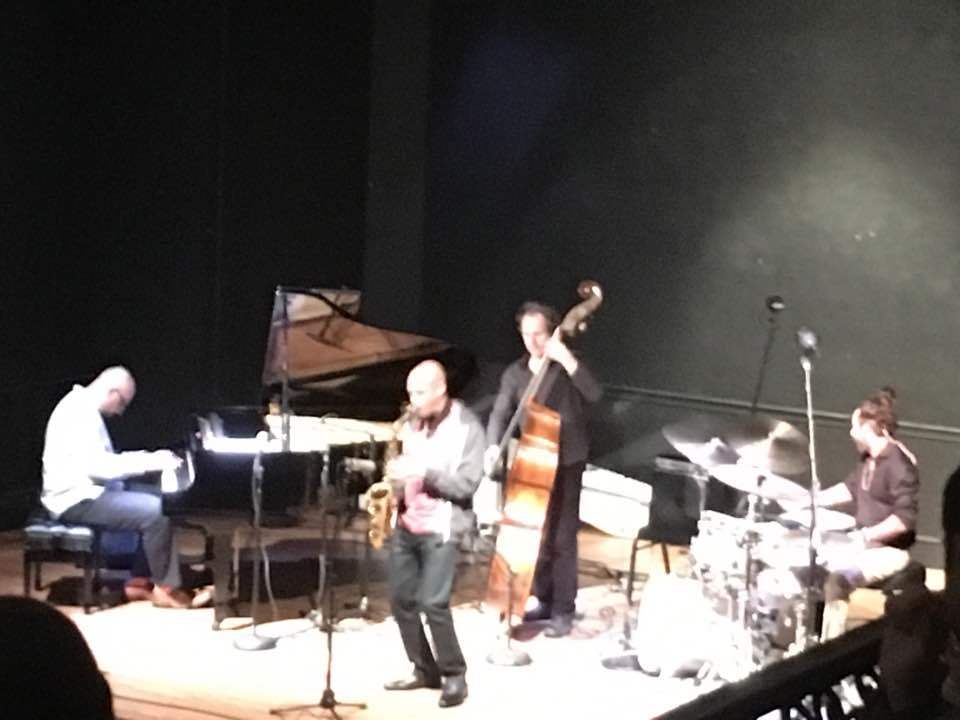Welcome to our blog where we delve into the historic and iconic venue that hosted the legendary Woodstock Music Festival. For those curious minds wondering, “where was Woodstock Music Festival held?”, you are in the right place. This pivotal event in music and cultural history took place in 1969 at a dairy farm owned by Max Yasgur in Bethel, New York. The tranquil setting amidst the rolling hills of the Catskills Mountains became the epicenter of the counterculture movement, as over 400,000 people gathered for three days of peace, love, and music. Join us as we unravel the essence and significance of this monumental location that shaped the course of music history.

August 17, 1969: Woodstock Music Festival. There were 742 overdoses were reported throughout the three days, and In one distressing case, a 17-year-old named Raymond Mizsak was accidentally run over by a tractor while asleep in his sleeping bag. #TwistedHistory pic.twitter.com/tMq4Q36zKH
— Twisted History (@twistedhistory) August 17, 2020
Introduction: Woodstock Music Festival
Woodstock Music Festival was one of the most iconic events in music history, known for its symbolization of the counterculture movement of the late 1960s. The festival, epitomizing peace, love, and music, was a three-day event that took place from August 15 to 18, 1969. It attracted over 400,000 attendees and showcased legendary performances by artists like Jimi Hendrix, Janis Joplin, and The Who.
Historic Location
Woodstock Music Festival was originally planned to be held in Bethel, New York, but due to logistical issues and overwhelming ticket sales, the venue was shifted to a dairy farm owned by Max Yasgur. The farm, located in the Catskill Mountains, became the legendary location where history was made.
Cultural Impact
The festival became a cultural phenomenon that defined a generation and remains a symbol of unity and freedom. It represented a moment of peace amidst the social and political turbulence of the era, leaving a lasting legacy in the world of music and beyond.

History and Significance of Woodstock
Woodstock Music Festival, one of the most iconic events in music history, was held in Bethel, New York, in August 1969. The festival was originally scheduled to take place in Woodstock, but due to permit issues, it moved to a dairy farm owned by Max Yasgur. Despite the logistical challenges, the event drew an unexpected crowd of over 400,000 people, becoming a symbol of the counterculture movement of the 1960s.
Impact on Music Culture
The Woodstock Music Festival revolutionized the music industry, showcasing legendary performances by artists like Jimi Hendrix, Janis Joplin, and The Who. It marked a turning point in music history, emphasizing peace, love, and unity through music.
Social and Political Influence
The festival reflected the social and political climate of the time, with its anti-war and civil rights undertones. It fueled a sense of community and inspired a generation to challenge norms and strive for change.
Location of Woodstock Music Festival
The legendary Woodstock Music Festival took place in 1969 in Bethel, New York, on a dairy farm owned by Max Yasgur.
Historic Venue
This historic event was originally planned to be held in Woodstock, New York, hence the name, but due to permit issues, it was relocated to Bethel.
Iconic Setting
The festival site, spanning over 600 acres, transformed into a symbol of counter-culture and peace, attracting over 400,000 attendees.
The vast farmland provided a serene backdrop for the performances that became synonymous with the spirit of the 1960s.
Preparation and Organization of the Event
The Woodstock Music Festival, an iconic event, was held at Max Yasgur’s dairy farm in Bethel, New York, in 1969. To prepare for this historic gathering, a team of organizers meticulously planned various aspects of the event. Decades later, the legacy of Woodstock still resonates with music lovers worldwide. From arranging performer lineups to ensuring adequate facilities for attendees, every detail was crucial to the event’s success.
Site Selection and Setup
The selection of the venue, Max Yasgur’s farm, was a strategic decision due to its rural setting and ample space to accommodate the expected crowds. The organizers transformed the farm into a temporary concert site, complete with stages, sound systems, and camping areas. The natural surroundings added to the festival’s unique charm and ambiance.
Logistics and Infrastructure
A crucial part of the planning process involved managing logistics and creating essential infrastructure. This included setting up security measures, medical facilities, food vendors, and sanitation services to cater to the needs of attendees. Ensuring the comfort and safety of the crowd was a top priority for the organizers.

Performances and Artists at Woodstock
Woodstock Music Festival, known for its iconic performances and legendary artists, took place in Bethel, New York, in 1969. The event lasted three days, from August 15th to 18th, and featured a stellar lineup of musicians across various genres.
Headlining Acts
Some of the most memorable performances at Woodstock were by Jim Morrison, Janis Joplin, and The Who, capturing the spirit of the ’60s counterculture movement.
Iconic Moments
One of the most epic moments of the festival was when Joe Cocker belted out his rendition of “With a Little Help from My Friends” to a mesmerized crowd of over 400,000 attendees.
- The diverse lineup included artists like Janis Joplin, Santana, and Crosby, Stills, Nash, and Young, reflecting the eclectic music scene of the era.
- The Who’s electrifying performance on the final day left a lasting impact on the audience, solidifying their place in rock history.
Legacy of Woodstock Music Festival
The Woodstock Music Festival, held in 1969 in Bethel, New York, left an enduring legacy in the world of music and counterculture.
Revolutionizing Music Events
The festival revolutionized large-scale music events, drawing over 400,000 attendees and setting a new standard for outdoor music festivals.
Cultural Impact
Woodstock emphasized peace, love, and music, symbolizing the spirit of the 1960s counterculture movement and promoting unity amidst social upheaval.
- The festival brought together diverse musical genres and artists, fostering a sense of community and inclusivity.
- Woodstock showcased performances by legendary artists like Jimi Hendrix and Janis Joplin, becoming a historical moment in music history.

Frequently Asked Questions
- What is the significance of the Woodstock Music Festival?
- The Woodstock Music Festival was a historic event that took place in 1969 and is remembered for promoting peace, love, and music during a tumultuous time in history.
- Where exactly was the Woodstock Music Festival held?
- The Woodstock Music Festival took place on a dairy farm in Bethel, New York. It was originally supposed to be held in Woodstock, NY, hence the name.
- How many people attended the Woodstock Music Festival?
- The estimated number of attendees at the Woodstock Music Festival was around 400,000 people, far exceeding the original expectations.
- Who were some of the iconic musicians who performed at Woodstock?
- Some of the legendary musicians who performed at Woodstock include Jimi Hendrix, Janis Joplin, The Who, Santana, and many others.
- What impact did Woodstock have on music and culture?
- Woodstock is often credited with being a pivotal moment in music history, symbolizing the counterculture movement of the 1960s and influencing future music festivals and events.
Discovering the Iconic Venue: Where Was Woodstock Music Festival Held?
In conclusion, the Woodstock Music Festival, a pivotal moment in music history, took place at Max Yasgur’s farm in Bethel, New York. This venue, despite facing permit issues and overcrowding, became the backdrop for a generation-defining event that celebrated music, peace, and unity. The festival’s location, surrounded by lush greenery and farm fields, added to its unique charm and laid-back atmosphere that resonated with the free-spirited attendees. Reflecting on where Woodstock was held brings to light the resilience of both the organizers and the attendees, who braved challenges to create an unforgettable experience that continues to inspire decades later.